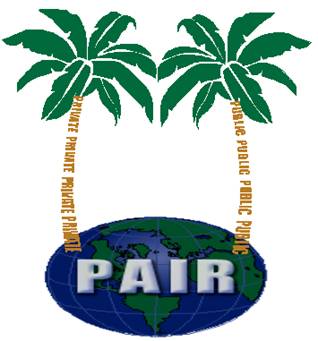INVENTIONS PATENTABLE
|
|
A patent can be granted for an invention which may be related to any process or product.
The word “Invention “has been defined under the Patents Act 1970 as amended from time to time.
“An invention means a new product or process involving an inventive step and capable of industrial application”
“ new invention” is defined as any invention or technology which has not been anticipated by publication in any document or used in the country or elsewhere in the world before the date of filing of patent application with complete specification, i.e. the subject matter has not fallen in public domain or that it does not form part of the state of the art; Where, Capable of industrial application, in relation to an invention, means that the invention is capable of being made or used in an industry
(S.2 (1)(ac)) Therefore, the criteria for an invention to be patentable are,
(1) An invention must be novel
(2) has an inventive step and
(3) is capable of industrial application
To be patentable, an invention should fall within the scope of patentable subject matter as defined by the patent statute. The invention must relate to a machine, article or substance produced by manufacture, or the process of manufacture of an article. A patent may also be obtained for an improvement of an article or of a process of manufacture. With regard to medicine or drug and certain classes of chemicals no patent is granted for the product itself even if new, only the process of manufacturing the substance is patentable. However, product patents would be available for drugs and food materials from 2005 as India’s obligations under the TRIPs Agreement would kick in from that point of time. If any substance falls outside the scope of patentable subject matter, it cannot be patentable.
Utility :
A patent can be obtained only for an invention which is useful. A patentable invention should have utility, which implies the inventor should show some sort of usefulness to the society. It will be patentable even if it is useful to a minor portion of society or sometimes only to a single individual.
Novelty:
The invention claimed must be novel indicating that it should be new at the time of conception. Novelty of invention must be considered in the light of prior art. Prior art means the technology that that is relevant to the invention and was publicly available at the time the invention was made. It includes prior specifications, patents, printed and published literature and other materials related to the invention. An invention is not novel if it can be anticipated in the light of prior art.
Obviousness :
An invention should also not be obvious to a person having ordinary skill in the art to which it relates. If the invention is obvious and does not have any inventive step, it is not patentable. Existence of a prior publication of the invention in any Indian specification or in any document in India or elsewhere or public use of the invention would make an invention obvious. In order to be ineligible for a patent, an invention should be obvious at the time of conception of the invention and not at the time of contention of obviousness.
Specification:
Specification is an essential part of a patent. It should consist of the subject-matter, description and at times including the drawing of the invention indicating its scope. The specification has to enable a person with ordinary skill in the art to practice and use the invention. It should also describe the best mode of performing the invention.
.



















 Posted in:
Posted in: 





















